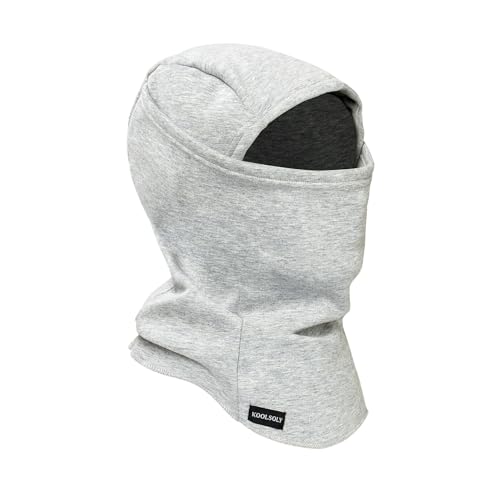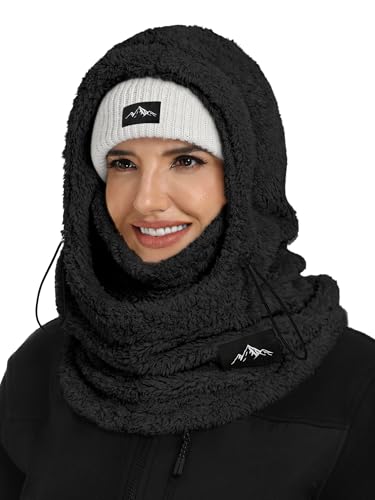Sledding is one of winter’s most exciting outdoor activities, but did you know the weather plays a huge role in how much fun you have? From the perfect snowy hill to chilly winds, the conditions outside can change your sledding adventure in surprising ways.

Whether you’re racing down a slope or just enjoying a leisurely ride, the right weather can make your experience smoother and safer. Understanding how different weather elements affect sledding helps you pick the best days to head out and make the most of your time in the snow.
The Impact of Temperature on Sledding Conditions
Temperature plays a crucial role in shaping your sledding experience. Understanding how different temperature ranges affect snow and sledding conditions helps you pick the best days to hit the hills.
Ideal Temperature Ranges for Sledding
- Below 20°F (-7°C): Offers crisp, powdery snow great for fast runs, but can be too cold for long periods outdoors.
- 20°F to 32°F (-7°C to 0°C): Creates firm, packed snow ideal for smooth sledding and good control.
- Above 32°F (0°C): Snow begins to melt, becoming wetter and heavier, which slows acceleration but can still work if sledding early in the day.
How Warm Weather Affects Snow Quality
Warm weather above freezing turns snow wet and sticky, making sleds slow and reducing glide. It causes snow to clump and form slushy patches that increase friction. If temperatures rise after a freeze, ice layers may develop under that soft snow, which can create uneven and dangerous surfaces for sledding. You want to sled when the snow stays light and packed, so avoid warm periods that lead to rapid melting and refreezing cycles.
The Role of Snow Type and Amount
Understanding the type and amount of snow transforms your sledding into an exhilarating experience. Both powdery and icy snow affect speed and control differently, while snowfall frequency shapes the terrain you sled on.
Powdery vs. Icy Snow: What Works Best?
Powdery snow feels soft and light, perfect for cushioned landings but slower sled rides. You’ll find powdery snow works best right after fresh snowfall when temperatures are below 20°F (-7°C). Icy snow, formed when melted snow refreezes or when temperatures hover just below freezing, creates fast, slick surfaces. If you seek speed and sharp turns, icy snow works, but be cautious as it offers less control and a higher risk of slips. Most sledding fans prefer a firm, packed base beneath a light layer of powder for the smoothest ride.
Effects of Snowfall Frequency on Sledding
Frequent snowfall replenishes the powdery top layer, providing fresh terrain and soft cushioning for your sled runs. When snow falls often, it covers rough patches and prevents icy buildup, keeping conditions ideal longer. If snowfall becomes sparse, sledding hills develop icy patches and uneven surfaces that challenge your control and increase risks. Tracking snowfall frequency helps you time your sledding outings to enjoy consistent, safe, and fun runs.
Wind and Visibility Factors
Wind and visibility play crucial roles in shaping your sledding experience. Understanding how they affect safety and enjoyment helps you pick the best days for sledding adventures.
How Wind Influences Safety and Enjoyment
Strong wind chills your body rapidly, making it harder to stay warm and comfortable during sledding. Gusty winds can destabilize your sled, causing unexpected shifts in direction or sudden stops. Mild breezes often clear fresh snow from slopes, creating slick surfaces that increase speed but reduce control. If wind speeds exceed 15 mph (24 km/h), it’s best to reconsider sledding plans as balance and steering become difficult. Dress in wind-resistant clothing layers to protect yourself and maintain agility on the hill.
The Importance of Clear Visibility While Sledding
Clear visibility lets you spot obstacles such as rocks, trees, or uneven terrain, making quick decisions safer. Snowfall, fog, or blowing snow reduces sightlines, increasing the risk of collisions or falls. Bright, overcast skies provide optimal lighting without glare, enhancing depth perception on slopes. If visibility drops below 0.25 miles (400 meters), postpone sledding; poor sightlines hinder reaction time and increase danger. Wearing goggles with anti-fog lenses protects your eyes and sharpens vision regardless of weather changes.
Preparing for Changing Weather Conditions
Adapting to shifting weather stands as a vital key to making every sledding trip enjoyable and safe. Your gear and plans benefit from tweaking when the weather changes quickly.
Dressing Appropriately for Different Weather
Layer your clothing strategically. Start with moisture-wicking base layers to keep sweat off your skin. Add insulating mid-layers like fleece that trap warmth without bulk. Finish with a waterproof, wind-resistant outer layer to block cold air and snow. Pack extra gloves and socks in case things get wetter or colder than expected. Protect your extremities well since fingers and toes chill fast. Choose insulated boots with good grip to avoid slips on icy patches. Don’t forget a hat or helmet liner under your sledding helmet for added warmth.
Adjusting Your Sledding Plans Based on the Forecast
Check the weather forecast closely before heading out. Choose your sledding time when temperatures stay between 20°F (-7°C) and 32°F (0°C) for firm snow that offers speed but enough control. Delay sledding sessions if heavy snowfall or wind over 15 mph (24 km/h) threatens reduced visibility or hazardous winds. Pick sledding hills with good drainage and less exposure to melting if warm weather lingers to avoid ice buildup. Flexibility improves your safety and maximizes fun, letting you ride on days when conditions align best with your skills and gear.
Conclusion
Sledding is all about timing and being prepared. By paying attention to the weather and knowing what conditions work best, you can make the most of your time on the slopes.
Remember to dress smart, stay flexible with your plans, and always prioritize safety. When you get it right, sledding becomes a fun, memorable winter adventure you’ll look forward to every year.










